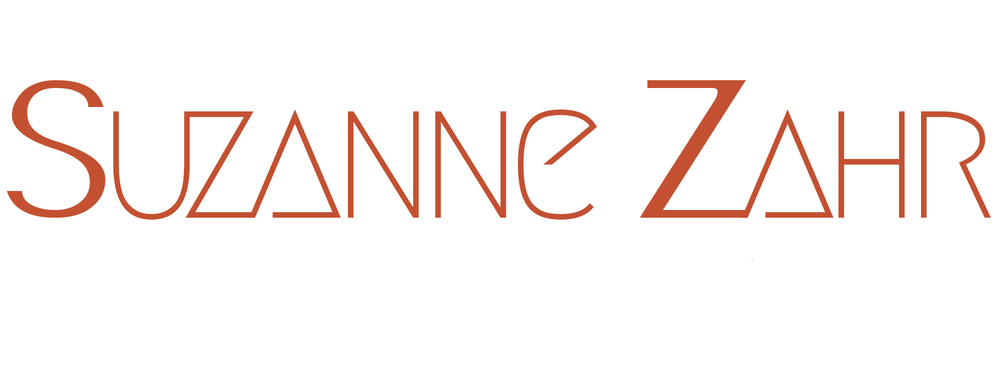The world is changing at a rapid pace, and with it comes a pressing need for architecture to follow suit. Minimizing energy consumption throughout the lifecycle of a building, from construction to demolition has never been more of a priority for an industry that impacts so significantly on the environment.
Passive / Active House standards refer to built environments that are truly energy-efficient, comfortable, affordable, and ecological at the same time. Which methodology better suits your sustainable goals?
Passive House
Passive House is a building standard, originally developed in Germany and called Passivhaus, that reduces heating needs by an astonishing 90%. It was founded by Dr. Wolfgang Feist in 1996, and since then, it has spread to many countries including the United States. There are already more than 60,000 Passive Houses worldwide (as of 2016).
The Certified Passive House features walls, roof, and floor with significantly more insulation then conventional houses. Thermal bridges are limited to a minimum to reduce the heat loss. These houses often incorporate triple-pane windows instead of the standard double-pane versions. Passive House is extremely airtight and needs a ventilation system with heat recovery which brings balanced and continuous supply of fresh air into the house. The occupants can still open the windows for natural ventilation, if desired. As a result of all these components this home exhibits heating/cooling load reduction of 90% over traditional construction, and the costly heating and cooling systems can be eliminated, as well as the ductwork associated with them.
Passive House is heated by the accumulation of sun energy, the auxiliary heat from the electrical equipment, small point heat sources (depending on the climate), and the heat from the people who live in it.
Passive House vs. Passive Solar Design
The term "passive house" is very often confused with another term: "passive solar house". Passive House is a certified building energy standard which utilizes the passive solar design principles and takes them to the next level. It adds more strategies to retain energy, as well as utilizing internal heat gains and energy recovery to create an energy balance. The Passive House standard also uses energy modeling and field testing to create a measurable high-performance building. Ongoing data collection of completed projects is an essential part of Passive House's development and ongoing evolution.
Active House
Although it may sound like that Active House is the exact opposite of the Passive House, the strategies are not actually in conflict with one another. Active House follows passive strategies for design, it is designed and constructed to use as little energy as possible but take them to the next level by producing their own energy, often via photovoltaic panels and incorporating solar water heaters and/or geothermal heat pumps.
More than a net zero house, Active House generates positive energy which can be fed back into the grid. The world's first Active House, located in Lystrup, Denmark, contains 50 square meters of solar cells and solar panels some of which have been used to warm under floor heating. The whole system is controlled by a computer that monitors the temperature and opens, closes, and adjusts windows.
Passive vs. Active Elements in a Building Design
Active elements require energy source in order to work. They usually use electricity or other fuel, for example, furnaces for heating and air conditioners for cooling. A more eco-friendly approach involves the installation of solar panels to actively capture sunlight and convert it to electricity to power your home. Other active strategies include solar thermal, energy savings gadgets, and sophisticated controls such as automated controls to bring in fresh air when needed, as well as automated blinds and exterior awnings to control shading.
Passive strategies on the other hand use natural elements, in particular solar and wind to achieve comfort. This approach builds on traditional methods that have been used in residential design for centuries. The first basic principle of passive design is the orientation of the building, which should be situated in a way to take advantage of the path of the sun; for example, south-facing glazing in the northern hemisphere is ideal, because it captures indirect light (summer) or direct light (winter) throughout the course of the day.
It is necessary to block the direct sunlight to keep the house cool during the hot summer days, at the same time allowing natural lighting. Passive cooling strategies include planting deciduous trees to shade the house in the summer, or designing overhangs above the windows. They should be positioned to block the summer sun while allowing lower-angle winter rays to penetrate and heat your house.
Other key elements of the passive design are well insulated building envelope - walls, floor and roof, air-tightness, solar gain, natural light, and natural ventilation. Additionally, a well positioned thermal mass – a thick concrete or masonry wall – can absorb heat from the sun throughout the day and warm your home at night while maintaining consistent and comfortable temperature.

